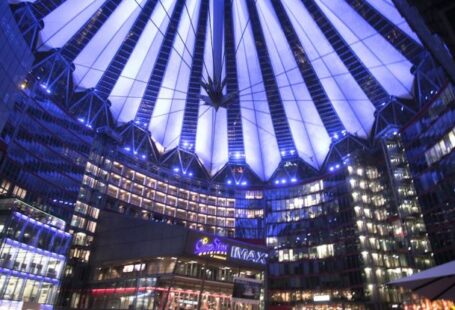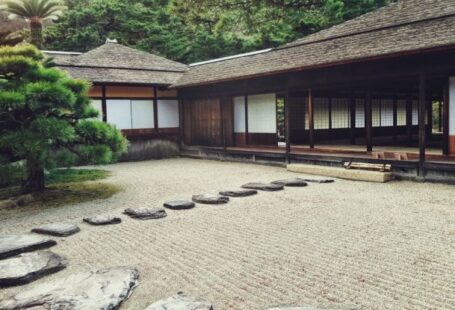When it comes to small living spaces, maximizing every inch is crucial. One popular technique that interior designers often recommend is using light-reflective surfaces to create the illusion of a larger area. But can these surfaces truly make a small space look bigger? Let’s delve into the science behind light reflection and how it can impact the perception of space.
The Science of Light Reflection
Light plays a significant role in how we perceive space. When light hits a surface, it can be absorbed, transmitted, or reflected. Reflective surfaces have the unique ability to bounce light around a room, creating a brighter and more open feel. This phenomenon is especially beneficial in small spaces where natural light may be limited.
Mirrors: The Ultimate Space Enhancer
Mirrors are perhaps the most well-known light-reflective surfaces used in interior design. By strategically placing mirrors in a room, you can instantly double the visual square footage. Mirrors not only reflect light but also create the illusion of depth, making a room feel more expansive than it actually is. To maximize the effect, consider placing mirrors opposite windows to amplify natural light and enhance the sense of openness.
Glass and Metal Accents: The Power of Transparency
In addition to mirrors, incorporating glass and metal accents into your decor can also help create a sense of spaciousness. Glass tabletops, metal fixtures, and reflective surfaces on furniture pieces can all play a role in bouncing light around a room. Transparent materials like glass allow light to pass through, making them ideal for maintaining an unobstructed view of the space. Metal accents, on the other hand, can add a touch of glamour while further enhancing light reflection.
White and Light Colors: The Brightness Boost
Color choice can significantly impact how light interacts with a room. Light colors, particularly white, are known for their light-reflective properties. Opting for a predominantly white color palette on walls, ceilings, and furniture can help bounce light throughout the space, creating a bright and airy atmosphere. Light colors also have the added benefit of visually expanding a room, making it feel more open and inviting.
High-Gloss Finishes: A Sleek Solution
High-gloss finishes on surfaces like cabinets, furniture, and flooring can amplify light reflection, adding a touch of modern elegance to a small space. The reflective nature of high-gloss materials helps to bounce light around the room, creating a dynamic interplay of light and shadow. While high-gloss finishes require more maintenance to keep them looking pristine, the visual impact they offer in terms of space enhancement is undeniable.
Strategic Lighting: Enhancing the Illusion
In addition to incorporating light-reflective surfaces, strategic lighting can further enhance the illusion of a larger space. Well-placed lighting fixtures, such as recessed lights, wall sconces, and floor lamps, can help brighten dark corners and highlight key features in a room. Layering different types of lighting, including ambient, task, and accent lighting, can create depth and dimension, further enhancing the perception of space.
Embracing Minimalism: Less is More
In small spaces, clutter can quickly make a room feel cramped and chaotic. Embracing a minimalist approach to decor can help create a sense of openness and fluidity. Opt for streamlined furniture pieces, declutter surfaces, and use multifunctional storage solutions to maximize space efficiency. By keeping the design simple and cohesive, you can allow light-reflective surfaces to shine and work their magic in expanding the visual boundaries of your space.
Creating the Illusion: Tips and Tricks
When utilizing light-reflective surfaces to make a small space look bigger, consider the following tips and tricks:
– Use a mix of mirrors, glass, metal accents, and high-gloss finishes to maximize light reflection.
– Choose a light color palette, particularly white, to enhance brightness and openness.
– Incorporate strategic lighting to complement light-reflective surfaces and create a dynamic atmosphere.
– Embrace minimalism to avoid clutter and allow light to flow freely throughout the space.
In conclusion, light-reflective surfaces can indeed make a small space look bigger by harnessing the power of light and creating a sense of openness. By carefully selecting materials, colors, and lighting elements, you can transform your compact living area into a visually expansive and inviting sanctuary. So, embrace the magic of light reflection and watch your small space come to life in a whole new way.





